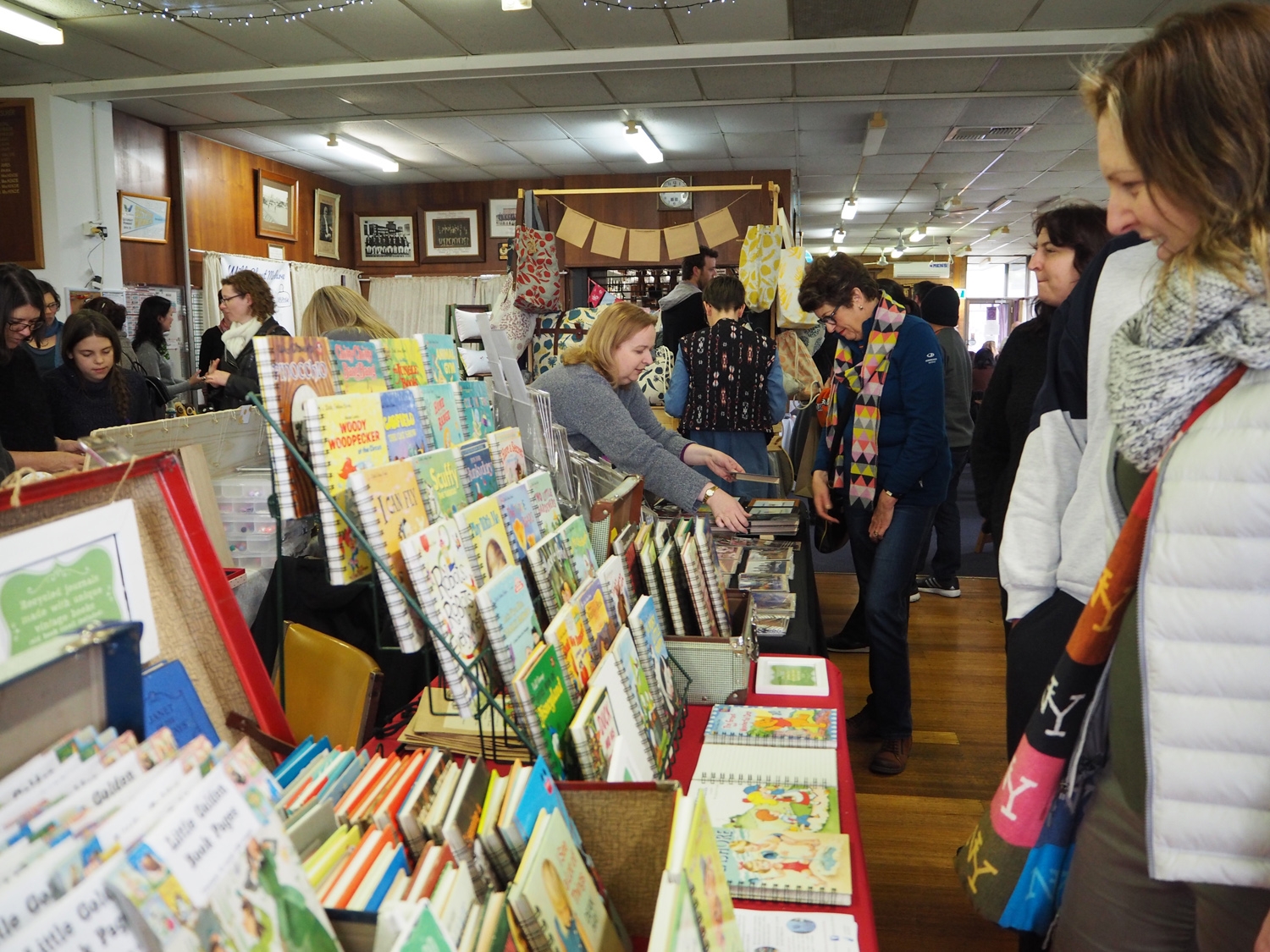The Dandenong Market has partnered up with the Multicultural Arts Victoria, who has selected all the performers for the Jubilee Festival.
“They’ve tried to focus as much as possible on local groups,” says Festival Director Briony Walker. “It’s been really fun, and developing the Jubilee has been amazing; we have people who are coming and doing free Ta Moko face painting, which is a traditional Maori face paint. Kids absolutely love it, and we’re providing Henna body art for free as well.”
There’ll also be food trucks and stalls with different cuisines at the festival, and these play an important part in highlighting the various cultural groups that have attended the Dandenong Market for the last 150 years.
“I think the market is represented as the different kind of waves of different immigrant and refugee groups that come here,” says Walker. “For example, there’s an Italian fruit and veg guy named Danny Luppino, and he came here when he was very young. He’s been trading for around 54 years. We’ve got a lot of Afghani traders: a really fantastic Afghani baker, a fruit and veg guy, they’re really big.”
As well as offering first-class food and produce, the market is often considered a cultural hub.
“It’s just been really delightful working for lots of different cultural groups,” Walker says. “There’s a lovely community component of just engaging with different cultures, which has been a lot of fun.”
The Dandenong Market has always had a strong community base, which dates back to 1866 when the locals petitioned to the government to set up the market.
“There were only around 48 people actually living in Dandenong in 1866,” says Walker. “But it was a really big farming area, and the locals found it too much trouble to travel all the way to Prahran Market and back, so they petitioned to start up the Dandenong Market and it took ten years for it to go through.”
The Dandenong Market started out as a stock market and immediately drew visitors in who wanted to buy livestock and produce. Despite its soaring popularity, the market didn’t deal with much competition until after the ‘50s in the post-war period.
“A lot of supermarkets and department stores opened up after the wars,” Walker says. “But I think one of the things about traditional, locally owned markets is that they offer the only opportunity for smaller businesses to start up, since the start up costs are quite low at a market.
“The market also offers a place for people to meet and talk to shop owners. I think there’s an authenticity to market shopping, because you can buy from fruit and veg traders who choose the produce themselves. I think markets have longevity and strong appeal, and they provide an authentic and enjoyable experience.”
Today the Dandenong Market has 100,000 visitors a week and five million visitors a year. In honour of its 150th anniversary, a mural called Rosling Lane has been built in order to document the Market’s rich history.
“We went through the archives and selected key milestones of the market, like photographs and beautifully written memories that we managed to find in newspaper clippings,” says Walker. “I think it’s an opportunity to share all of the market’s history, because until now people haven’t really had access to it.”
BY CHRISTINE TSIMBIS







